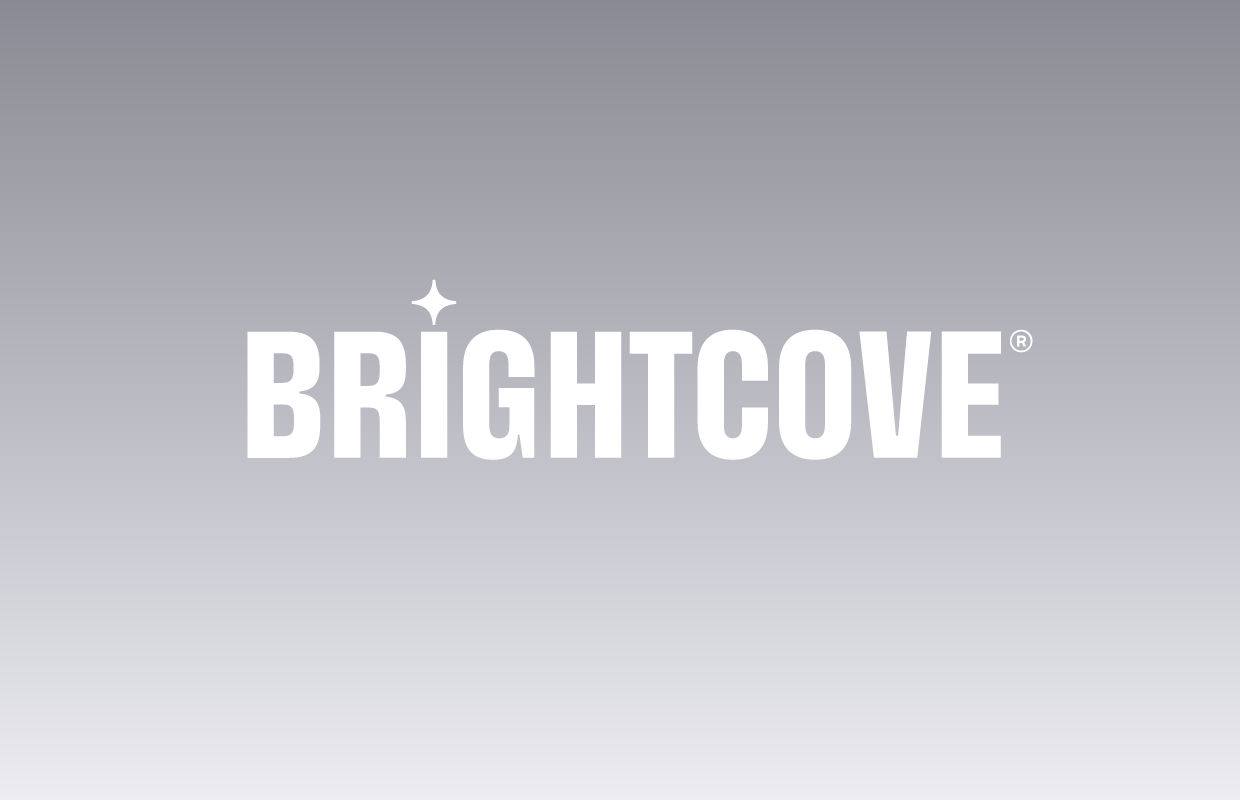More and more companies are discovering the diverse potential of online videos: their immense popularity with users, their ability to evoke emotions, excellent marketing opportunities, significant boosts to product sales, and even improved search engine rankings. However, many overlook the unique challenges and hurdles associated with leveraging videos effectively.
Even with a coherent video concept and professionally produced clips, one critical question remains: How should the videos be integrated into the company’s website? There are three primary options.
1. DIY SOLUTIONS
The first option is an individual solution. A (hopefully) skilled employee encodes the videos, programs a Flash player or configures a freely available player, uploads the videos to an HTTP server, and integrates them into the website.
While this approach may work for a small number of videos with limited views, it quickly becomes impractical when handling more videos or higher traffic. This DIY solution can become disorganized, error-prone, maintenance-intensive, and time-consuming.
2. SOCIAL VIDEO SITES
The second option involves using social video sites like YouTube. By uploading videos to these platforms, companies receive embed codes to integrate the videos into their websites. These sites offer relatively robust statistics on video usage, and the videos are discoverable not only on the company website but also via YouTube’s search.
However, this solution comes with significant drawbacks. By uploading videos to YouTube, companies partially relinquish rights, allowing YouTube to market the videos, which could result in competitor advertisements running before the company’s content. Additionally, YouTube retains control over the video’s appearance and technical specifications, leaving companies dependent on the platform’s decisions. In this scenario, companies hand over control to YouTube and must accept whatever changes or limitations come their way.
3. ONLINE VIDEO PLATFORMS (OVPS)
This is where Brightcove comes in as the third and most professional option. An OVP combines the customization of a DIY solution with the technical capabilities of a social video site while offering legal security and complete control.
Of course, an OVP requires an investment—but it’s no different from other professional tools and systems companies routinely use. For a relatively small cost, customers gain access to a comprehensive, well-maintained, and continuously improved system.
KEY ADVANTAGES OF OVPS
- Reliable delivery: Videos are delivered via Content Delivery Networks (CDNs), ensuring performance without straining the company’s servers.
- Detailed analytics: OVPs provide detailed statistics on video views, enabling companies to measure effectiveness and gain insights for future productions.
- Complete control: Videos remain under the company’s full control, with the ability to integrate monetization through connections to ad servers or advertising networks.
- Optimized workflows: OVPs minimize technical tasks and risks, streamlining video production and distribution processes.
Online video platforms are designed specifically for the professional use of videos. They allow companies to optimize workflows, reduce technical challenges, and use videos on the internet effectively, securely, and cost-efficiently. By investing in an OVP, companies can unlock the full potential of online videos while maintaining complete control and ensuring long-term success.




